The Holocaust (1941–1945) stands as one of the most horrifying and tragic events in human history. It was a time when millions of Jews, along with many other groups, were systematically murdered by the Nazi regime in Germany. Led by Adolf Hitler and his party, this genocide wasn’t just the result of one man’s actions—it was the outcome of a dangerous mix of political, social, and historical forces. In this article, we’ll explore what caused the Holocaust, what happened during those dark years, and the lasting impact it had on the millions of people who suffered..
The Causes of the Holocaust
The Holocaust didn’t happen overnight; it was the result of a long history of prejudice, political turmoil, and the rise of dangerous ideas in Germany. To understand why it happened, it’s important to look at the factors that led to it.
1. Long-Standing Hatred Toward Jews (Antisemitism)
Antisemitism is the hatred of Jewish people. This kind of prejudice had been around in Europe for centuries before Hitler’s time. In many places, Jews were blamed for things like diseases, economic problems, or wars. They were often treated as outsiders or even enemies. In the Middle Ages, Jews were accused of being responsible for the death of Jesus Christ, and over time, this belief spread. As a result, Jews were forced to live in separate areas (called ghettos), and their rights were limited.
By the time Adolf Hitler came to power in the 1930s, antisemitism was already deeply rooted in European culture. Hitler used this hatred to gain support for his political ideas and to build a powerful, dangerous movement. He made Jews the “scapegoat,” blaming them for many of Germany’s problems.
2. Hitler and the Nazi Party’s Ideology
When Adolf Hitler became the leader of Germany in 1933, he brought his extreme beliefs with him. He believed that the German people, particularly those of “Aryan” descent (meaning white, non-Jewish people), were superior to all other races. He viewed Jews, Romani people (Gypsies), disabled people, and many other groups as inferior or even dangerous to society. Hitler’s ideology was centered on the idea of creating a “pure” German race and eliminating anyone who didn’t fit that image.
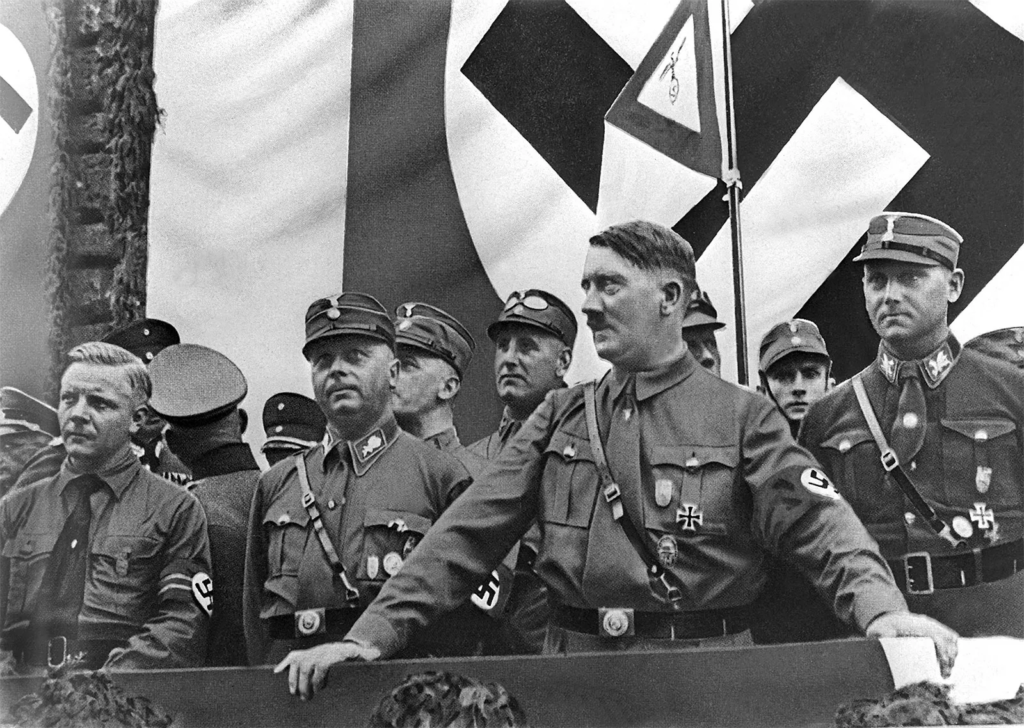
The Nazi party’s propaganda (the spread of ideas to influence people) helped convince many Germans that Jews and other minorities were a threat to their way of life. Hitler’s speeches and the media spread lies about Jews, claiming they were responsible for many of the world’s problems, like economic struggles and the spread of communism. This made it easier for the Nazis to gain power and begin implementing their brutal ideas.
3. The Aftermath of World War I
After Germany lost World War I in 1918, the country was in a terrible situation. The Treaty of Versailles, which ended the war, forced Germany to take the blame for the war and pay huge reparations (financial compensation) to the winning countries. This caused a lot of anger and hardship for the German people. Many Germans were upset about the way their country had been treated, and they were looking for someone to blame. Hitler used this anger to his advantage, telling the people that Jews were responsible for Germany’s defeat in the war and for the country’s economic problems.
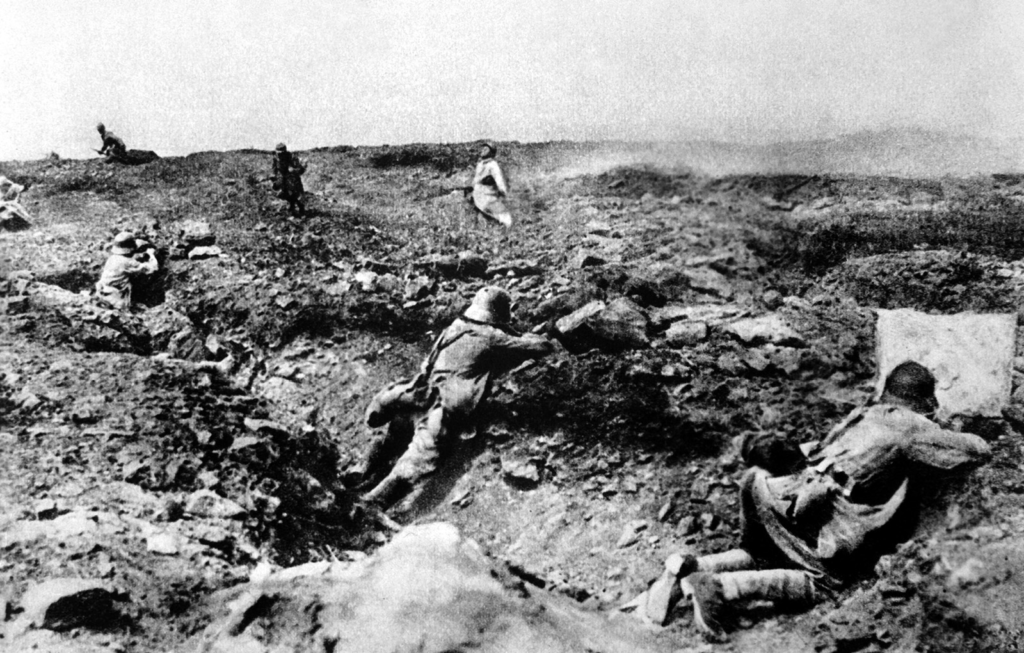
4. The Great Depression
In the late 1920s and early 1930s, the world was facing an economic crisis known as the “Great Depression”. This made life very hard for many people, especially in Germany. Unemployment was high, and poverty was widespread. People were desperate for a solution, and the Nazi party promised to make things better. Hitler promised to bring jobs back and restore Germany to its former glory, but his solution was based on blaming certain groups of people, especially Jews. This made many people willing to accept his hateful ideas because they were desperate for change.
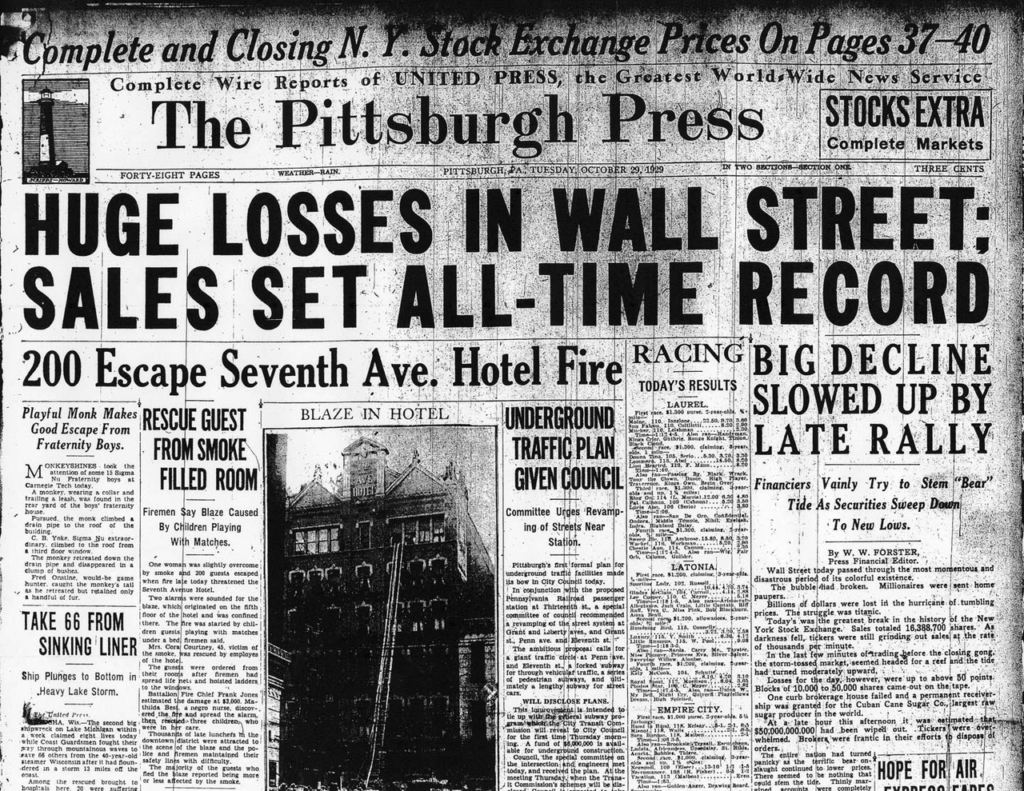
The Events of the Holocaust
Once Hitler and the Nazis came to power, they began putting their plans into action. The persecution of Jews and other groups didn’t happen all at once. It was a slow process that began with discrimination and eventually led to mass murder.
1. The Nuremberg Laws (1935)
In 1935, the Nazis passed the Nuremberg Laws, which stripped Jews of their basic rights. These laws made it illegal for Jews to marry non-Jews, have certain jobs, or even participate in many aspects of public life. Jews were forced to wear a yellow Star of David on their clothes so that others could identify them. This was the first step toward isolating Jews from the rest of society.

2. Kristallnacht (1938)
On the night of November 9-10, 1938, Nazi officials organized an event called Kristallnacht, or the “Night of Broken Glass.”

During this event, Jewish homes, businesses, and synagogues (Jewish places of worship) were attacked across Germany. Thousands of Jews were arrested, and many were sent to concentration camps. This violent attack showed how far the Nazis were willing to go in their hatred for Jews.
3. The Creation of Concentration Camps
The Nazis began building concentration camps in the late 1930s, where they sent Jews and other “undesirable” groups. These camps were originally meant to imprison political opponents, but soon they became centers for forced labor, torture, and mass murder. The most infamous of these camps were Auschwitz, Treblinka, and Dachau. In these camps, prisoners were subjected to terrible conditions, including starvation, overcrowding, forced labor, and brutal treatment by the guards. Many prisoners died from disease, malnutrition, or abuse.
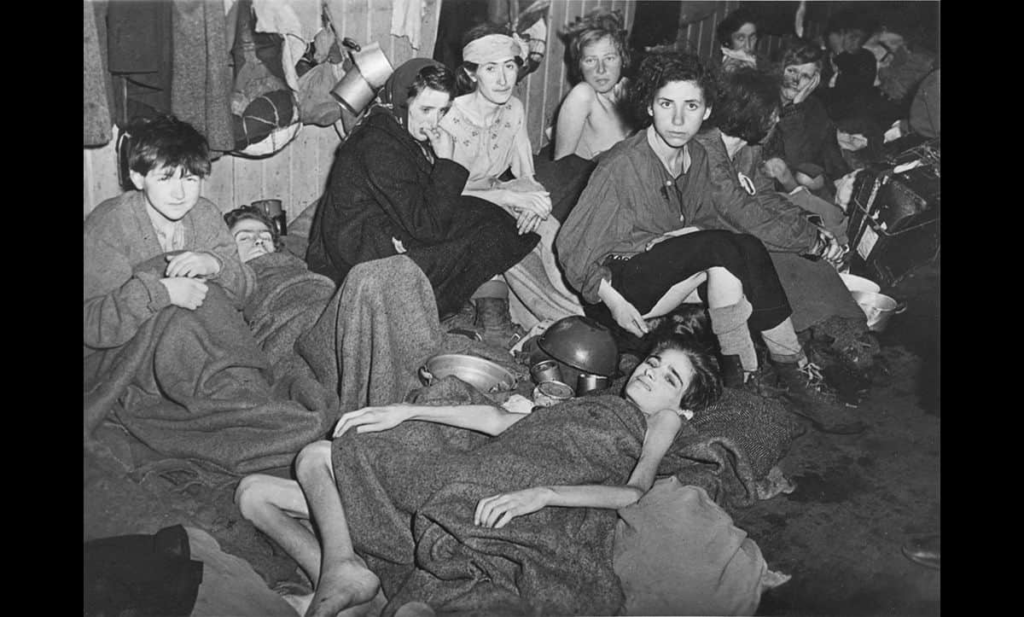
4. The Final Solution (1942)
In 1942, the Nazis began what they called the “Final Solution”—a plan to completely eliminate the Jewish population in Europe. This meant that Jews were to be rounded up and sent to death camps, where they would be killed in mass gas chambers or through other methods. During the Holocaust, millions of Jews, along with Romani people, disabled individuals, and others, were killed in this systematic extermination.

5. The Death Camps
The death camps were built specifically for mass murder. The largest of these was Auschwitz, where over 1 million people were killed. The victims were transported in cramped, cattle-like train cars to the camps, where they were separated from their families and sent to either forced labor or death.
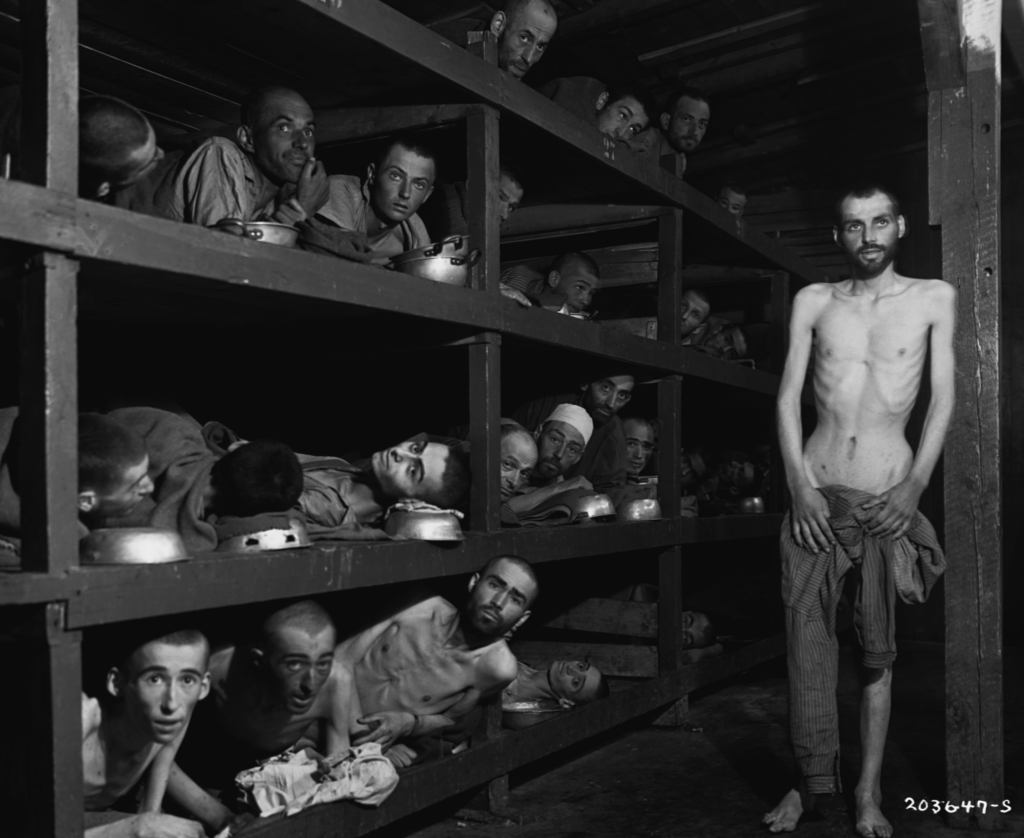
Many were gassed immediately upon arrival, while others were worked to death, starved, or subjected to medical experiments. These death camps were the heart of the Holocaust’s most horrific crimes.
The Impact of the Holocaust
The Holocaust caused immeasurable suffering. It is estimated that around 6 million Jews were murdered during the Holocaust, but the total number of victims, including Romani people, disabled people, Slavs, and others, may have been as high as 11 million. The devastation of entire families, communities, and cultures left deep scars in Europe and beyond.

1. The Destruction of Jewish Communities
Before the Holocaust, Europe had vibrant Jewish communities that had existed for centuries. In countries like Poland, Hungary, and Germany, Jews were an integral part of society. The Nazis’ systematic murder of Jews wiped out these communities, leaving entire families and histories lost forever. Many Jewish survivors of the Holocaust were left without homes or families, and they had to rebuild their lives from scratch.
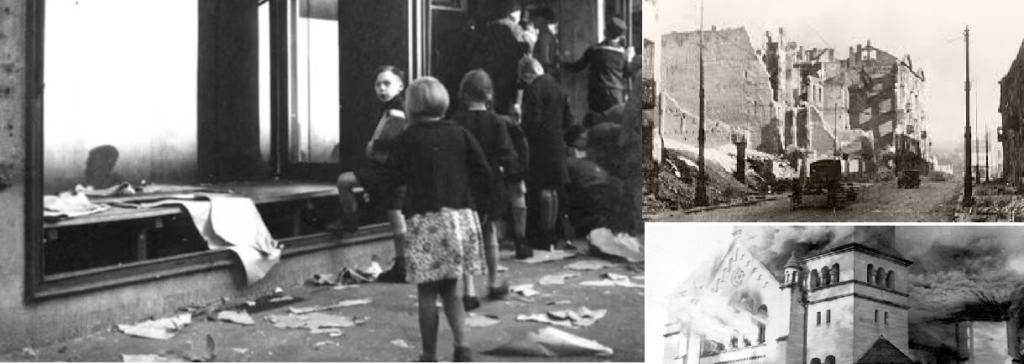
2. Psychological and Emotional Impact
The survivors of the Holocaust suffered from deep psychological trauma, many of them carrying the emotional scars of the horrors they had witnessed for the rest of their lives. The experience of losing family members, being starved, tortured, and witnessing mass murder left lasting effects. Survivors had to deal with the pain of their memories while also struggling to rebuild their lives in a world that seemed to have moved on without them.
3. The World Responds
The Holocaust led to a major shift in how the world viewed human rights and the treatment of minorities. After the war, the United Nations was created, and the Universal Declaration of Human Rights was established in 1948 to prevent such atrocities from happening again. The Nuremberg Trials, held from 1945 to 1949, tried many of the major Nazi leaders and convicted them for war crimes and crimes against humanity. These trials helped establish a precedent for holding individuals accountable for crimes against humanity.
Conclusion
The Holocaust is a haunting reminder of the dangers of hatred, intolerance, and unchecked power. The Nazi regime’s systematic murder of 6 million Jews, along with millions of others, left scars that have lasted for generations. The tragedy of the Holocaust reminds us of the importance of standing up against hatred, prejudice, and injustice. It is a lesson that we must continue to teach future generations, so that such horrors are never repeated.
The world may never be able to fully heal from the pain caused by the Holocaust, but through remembrance, education, and vigilance, we can honor the victims and ensure that their suffering was not in vain.
Thank you for reading!
We hope this article has provided you with a deeper understanding of the Holocaust and its lasting impact on history. It’s important that we remember these atrocities not just for the sake of history, but to ensure that such hatred and violence are never repeated. By learning from the past, we can work towards a future based on tolerance, respect, and human dignity.
We encourage you to continue educating yourself and others about this significant event, as it helps preserve the memory of the victims and teaches us all the importance of standing against prejudice and injustice.
Thank you for taking the time to read and reflect on this important topic.


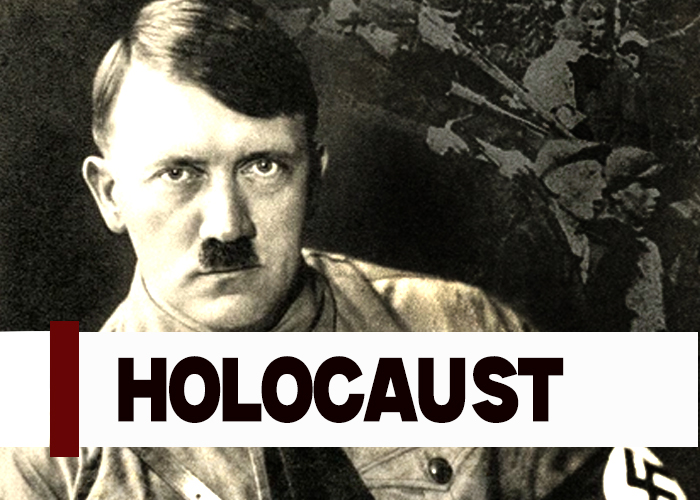
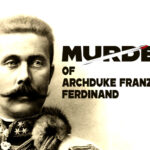
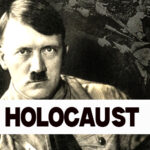

Hey I liked it they way you write but you didn’t include photos of death, why?
Thank you for your valuable comment.
I would like to tell you that i will implement it for my future posts
But the reason why i didn’t used that kind of image is, i don’t want to make
It more horrible then its already.